TL;DR
Yes, using steroid cream can indeed cause permanent skin thinning, especially if you're using a high-potency cream over a long period of time. This risk increases when applied to sensitive areas of your body like your face, groin, and armpits, where the skin is naturally thinner.
To avoid irreversible changes to your skin's thickness and health, it's best to avoid topical steroids altogether and use safer options. If topical steroid use is required for your treatment, make sure you're sticking to the lowest effective potency and adhere strictly to your medical provider's guidelines regarding short term use.
If you notice signs like dry, wrinkled skin, or easy bruising, it's a signal to reassess your treatment. Exploring alternative treatments and recovery paths can offer ways to minimize risks and support skin recovery, giving you a clearer understanding of how to protect your skin's integrity.
Steroid Induced Skin Thinning
If you've every been accused of having thin skin, someone may have been suggesting you can't handle some light criticism or handle a joke. But skin thinning and other skin disorders for those who use topical steroids is no laughing matter.
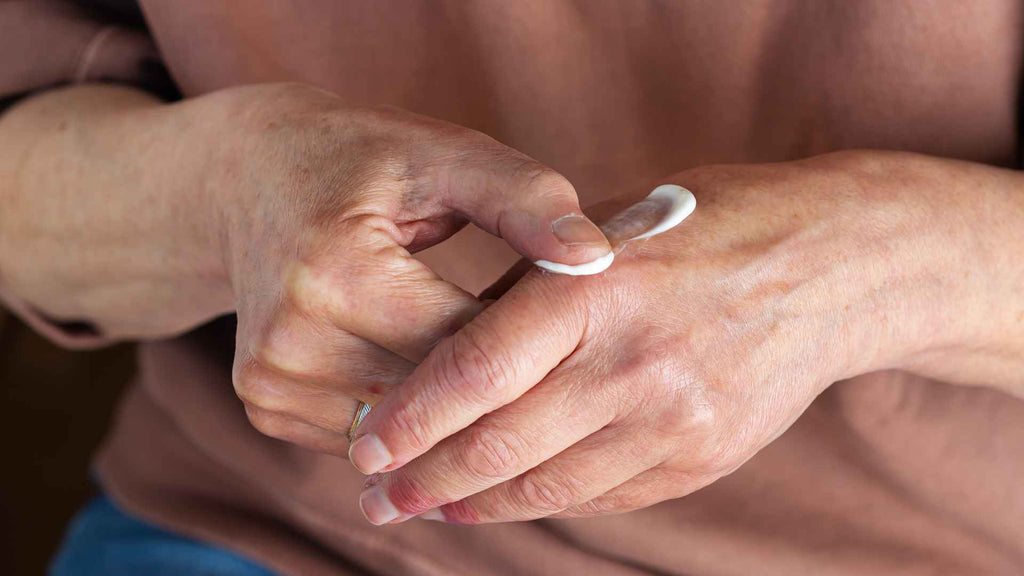
In fact, the joke may be on us, the public who has been exposed to the idea that topical corticosteroids like hydrocortisone and cortisol are completely safe for the treatment of psoriasis, eczema, and a host of other conditions of the skin.
Topical corticosteroids are used everywhere, and can be found in drug stores all over the world. Yet, an open secret in the world of dermatology is that there is a real danger in the use of these common medications.
The Adverse Effects of Topical Steroid Potency
Understanding the potency of your steroid cream is crucial, as it directly impacts the risk of causing permanent skin thinning.
High-potency topical steroids, while effective for certain conditions, carry a substantial risk of skin atrophy, especially with long-term corticosteroid use. The effects of these potent preparations are more pronounced in areas where your skin is naturally thinner, such as your face and groin. This makes it essential to use the lowest effective potency that provides relief without compromising your skin's integrity.
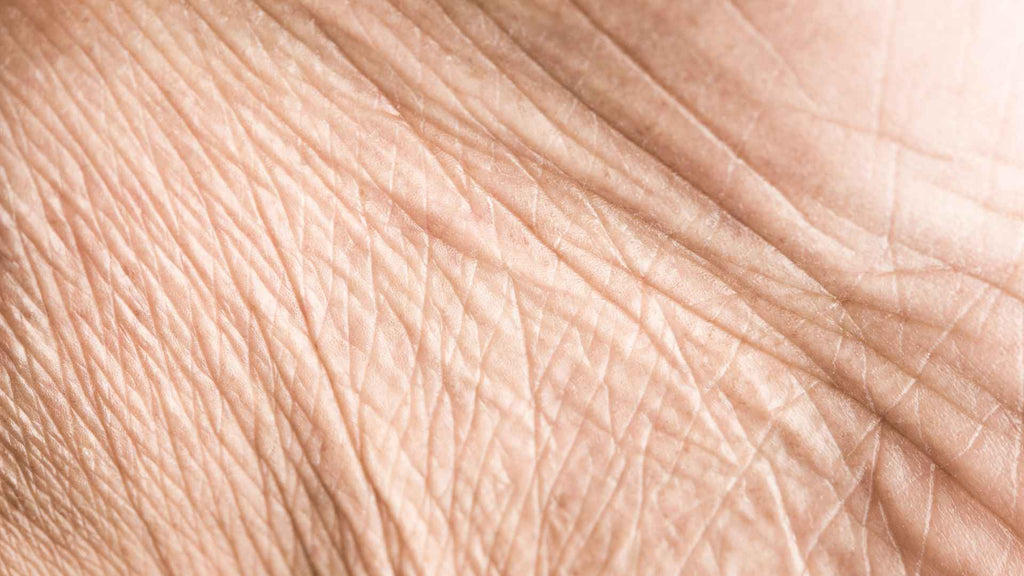
The link between corticosteroids and permanent skin thinning is well-documented, emphasizing the importance of adhering to prescribed guidelines. Long-term use of high-potency steroids significantly increases the likelihood of this damage occurring. So, it's crucial to monitor your skin's response to treatment and consult with your healthcare provider to adjust the formulation potency, or concentration of the drug, as needed.
It's important to note that if you have been using topical steroids for a long time, you shouldn't just quit cold turkey. Abruptly stopping the use of a potent steroid cream can also contribute to skin thinning. This sudden stop can shock your skin, causing corticosteroid withdrawal and potentially exacerbating the risk of atrophy.
To minimize these risks, follow a tapered approach under the care of your dermatologist or medical provider. This way, you can ensure your skin adjusts properly and maintains its health as you wind down the use.
Duration and Frequency
The longer and more frequently you apply steroid cream, the higher your risk of experiencing permanent skin thinning becomes. This is because both the duration and frequency of your usage play a significant role in determining whether you'll face permanent skin damage. If you're applying steroid cream for long periods of time or several times a day, you are increasing the chances of damaging your skin.

Straying from the usage guidelines of your prescription can lead to serious consequences. To maintain the health of your skin and avoid irreversible thinning, it's really important to follow the treatment instructions provided.
Topical Steroid Withdrawal
Besides skin thinning, another big risk of the use of topical steroids is a condition called Topical Steroid Withdrawal, or TSW.
This is a phenomenon that can occur after discontinuing the prolonged use of potent topical corticosteroids. It is characterized by a rebound effect, where the skin experiences various withdrawal symptoms as it adjusts to the absence of the medication.
This steroid induced skin condition is similar to the withdrawal symptoms those addicted to other types of substances can experience.
The side effects of topical steroid-induced withdrawal can include redness, burning sensation, itching, and flaking of the skin, often in areas where the steroid cream was applied.
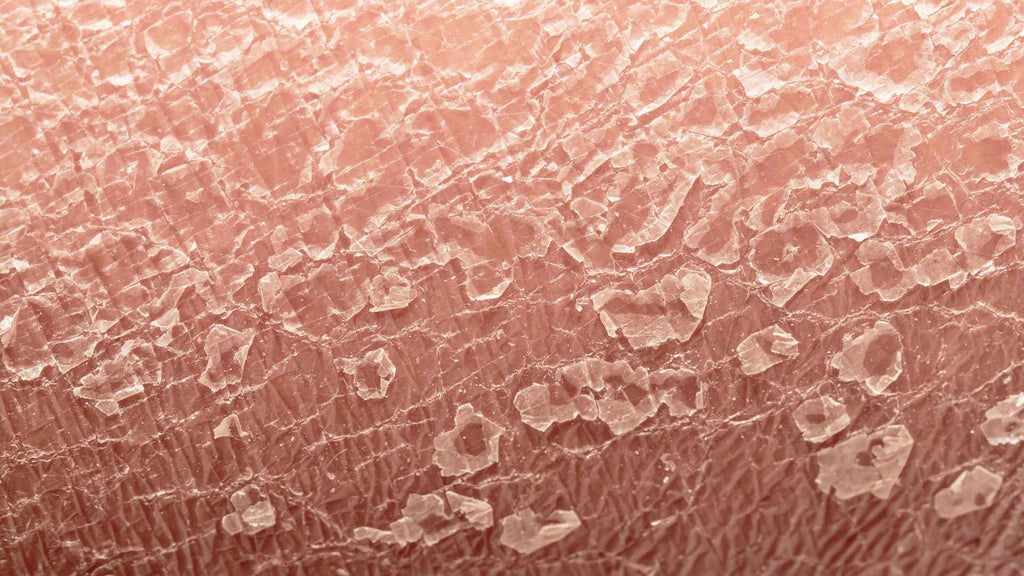
The duration and severity of TSW can vary among individuals, with some experiencing mild symptoms that resolve relatively quickly, while others may face a more prolonged and intense withdrawal process.
It is essential for individuals going through TSW to seek medical advice and support from healthcare providers experienced in managing this condition.
As noted above, management strategies for TSW typically involve gradually tapering off the steroid medication to minimize the risk of rebound effects. Additionally, skincare routines focused on hydrating and protecting the skin barrier can help alleviate some of the discomfort associated with TSW. In severe cases, healthcare providers may recommend alternative treatments to address the withdrawal symptoms and support skin recovery.
Overall, awareness of TSW and its potential effects is crucial for individuals using topical corticosteroids. By understanding the risks associated with prolonged use and proper discontinuation of these medications, individuals can make informed decisions about their skincare regimen and seek appropriate guidance when needed.
Affected Skin Areas
Knowing how long and often you apply steroid cream matters, but it's equally important to contemplate where you're applying it. Skin thinning, or atrophy, is a significant risk when using steroid cream, especially in sensitive areas such as your face, groin, and armpits. These regions are more susceptible to the adverse effects of potent steroids, making them prime targets for atrophic skin and permanent damage.
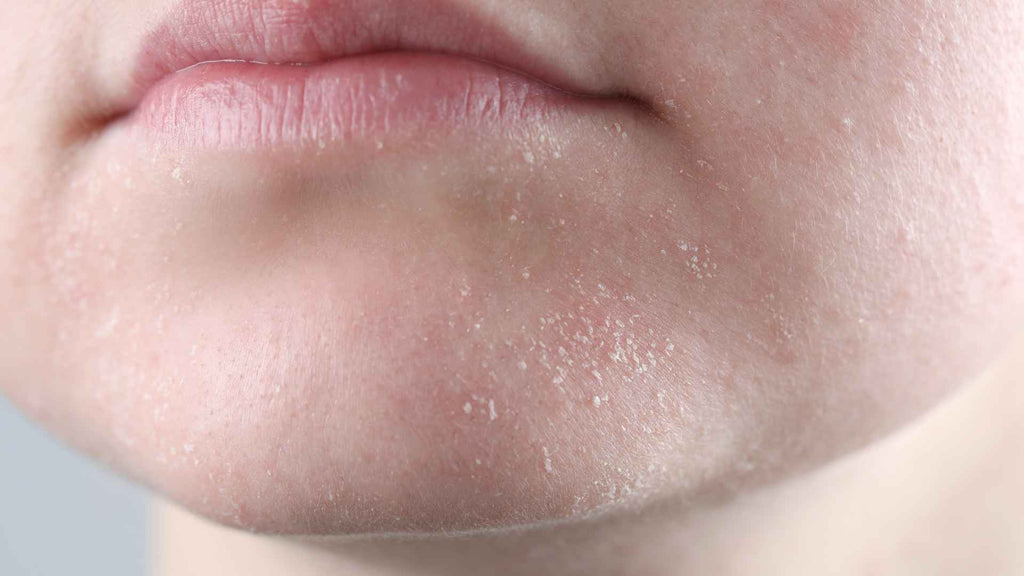
Atrophy causes symptoms like dry, wrinkled skin that bruises easily, alongside the appearance of telangiectasia and striae. It's also important to note that the risk of permanent skin thinning escalates with the use of occlusive dressings and fluorinated steroids. These practices can intensify the cream's effects, pushing your skin further towards irreversible damage.
Reach out to your doctor to discuss discontinuing the use of steroid cream upon noticing these symptoms. It's your best bet to prevent further damage and potentially halt the progression of skin thinning.
Remember, your skin's health is paramount, and recognizing the areas most at risk can help you make informed decisions about your steroid cream use.
Alternative Treatment Options
Exploring alternative treatment options to topical steroids can greatly diminish the risk of further skin thinning caused by prolonged steroid cream use.
There are plenty of treatments that can help restore your skin's health without the adverse effects associated with steroids. Calcineurin inhibitors and vitamin D analogs are outstanding examples of these offering relief without compromising skin thickness.
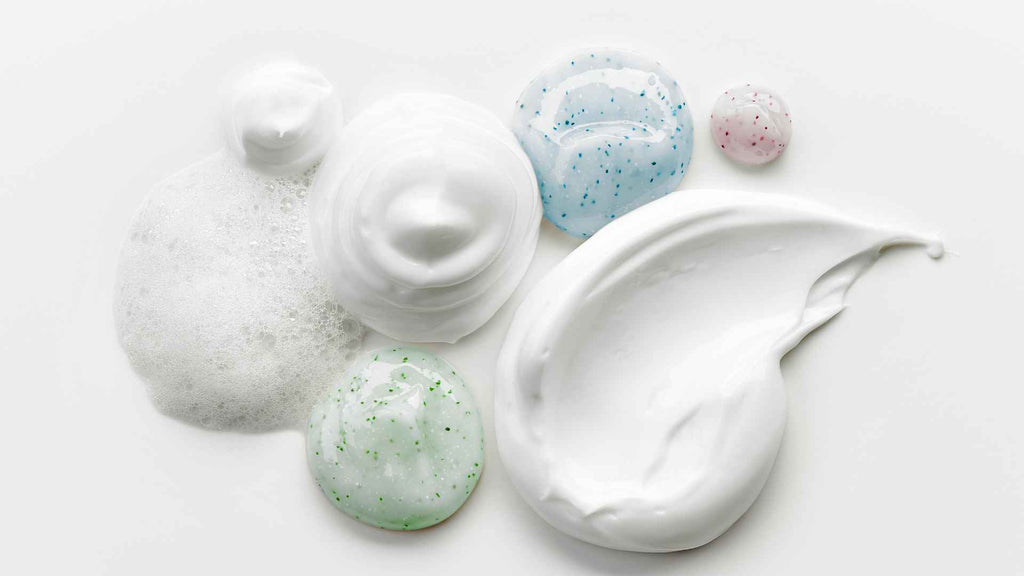
Using emollients and moisturizers in your skincare routine can improve skin hydration and thickness, helping to counter the effects of steroid use. These products can soothe and repair the skin barrier, keeping moisture in and promoting healthy skin.
For those seeking more advanced treatments, phototherapy or light therapy presents a promising option. This non-invasive treatment uses specific wavelengths of light to stimulate skin repair and rejuvenation, addressing the thinning without harsh chemicals. Additionally, platelet-rich plasma (PRP) therapy has emerged as an innovative approach to encourage collagen production, thereby improving skin thickness and elasticity.
Consult with a dermatologist before starting any treatment to get personalized options for your skin's needs.
Dermeleve®: Quick and Effective Relief for Skin, Without Steroids
While those alternative therapies have been in use for some time, they often fall short when compared to the efficacy, speed, and affordability of topical steroids.
That's where Dermeleve® steps in.
Simply put, Dermeleve® is the faster-acting, longer-lasting, safer itch relief alternative to topical steroids.
What sets Dermeleve® apart is its ability to start working fast and keep working for a long time, unlike many steroid creams that might not offer both benefits.
Users of Dermeleve® can feel its soothing effects almost immediately. This quick action is crucial because it helps stop the urge to scratch, which can otherwise worsen your skin condition. Moreover, this relief isn't short-lived; it lasts, meaning you won't have to constantly reapply the cream.
One of the best things about Dermeleve® is its safety for daily use on any part of the body, including sensitive areas. Since it's free from steroids, you don't have to worry about common side effects like skin thinning that are often linked to steroid creams.
Dermeleve® is also packed with ingredients that moisturize and nourish the skin, promoting overall skin health and recovery. This ensures your skin not only feels better but also improves over time.
For anyone seeking a solution for itchy and irritated skin that acts fast and lasts, Dermeleve® might just be what you're looking for. Its blend of quick relief and ongoing effectiveness, without the risks associated with steroids, makes it a noteworthy choice for managing skin conditions.
Preventing Skin Thinning While Using Topical Steroids
You may already be using topical steroids, and want to know what you can do to prevent yourself from damaging your skin.

Here are several strategies to help mitigate the risk of atrophy and maintain healthy skin:
-
Choose the Right Potency: Always start with the lowest effective potency of topical steroid that provides relief from your skin condition. Consult with your healthcare provider to identify the most appropriate formulation.
-
Limit Duration and Frequency: Use the steroid cream for the shortest duration possible and only as frequently as recommended by your healthcare provider. Prolonged and excessive use increases the risk of skin thinning.
-
Apply Carefully to Sensitive Areas: Be extra cautious when applying steroids to sensitive areas such as the face, groin, and armpits. These areas are more prone to thinning, so consider using a lower potency steroid or an alternative treatment recommended by your healthcare provider.
-
Follow a Tapering Schedule: If you've been using a topical steroid for an extended period, do not stop abruptly. Work with your healthcare provider to gradually taper off the use to avoid withdrawal symptoms and minimize the risk of further skin damage.
-
Use Protective Clothing: When possible, wear protective clothing over treated areas to reduce direct exposure and physical irritation, which can exacerbate skin thinning.
-
Incorporate Barrier Repair Creams: To support your skin's natural barrier, include barrier repair creams or emollients in your skincare routine. These can help maintain hydration, improve skin texture, and reduce the need for frequent steroid application.
-
Regular Skin Assessments: Schedule regular check-ups with your dermatologist or healthcare provider to assess the health of your skin. These assessments can help detect early signs of thinning and allow for adjustments in your treatment plan.
-
Educate Yourself on Steroid Types: Understand the differences between non-fluorinated and fluorinated steroids, as fluorinated types may carry a higher risk of causing skin thinning. Discuss these options with your healthcare provider.
-
Adopt a Gentle Skincare Routine: Use mild, non-irritating cleansers and moisturizers to avoid further stressing the skin. Avoid mechanical exfoliation or harsh ingredients that can strip the skin of its natural oils.
-
Stay Informed About Alternatives: Be proactive in discussing alternative treatments with your healthcare provider. Options like calcineurin inhibitors or vitamin D analogs may be suitable for managing your condition without the same risk of skin thinning.
Following these guidelines can significantly reduce the risk of permanent skin thinning while still effectively managing your skin condition with topical steroids. Always remember that open communication with your healthcare provider is key to safely navigating steroid use and maintaining healthy skin.
Monitoring and Recovery
To effectively track your skin's healing process from steroid-induced thinning, it's essential to regularly monitor skin thickness with professional tools like ultrasound or skin calipers. This skin thickness monitoring not only helps in tracking recovery progress but also plays an important role in atrophy reversal assessment. Not all recovery periods are the same. It varies based on skin type variability, duration of steroid use impact, and potency of steroid effect.
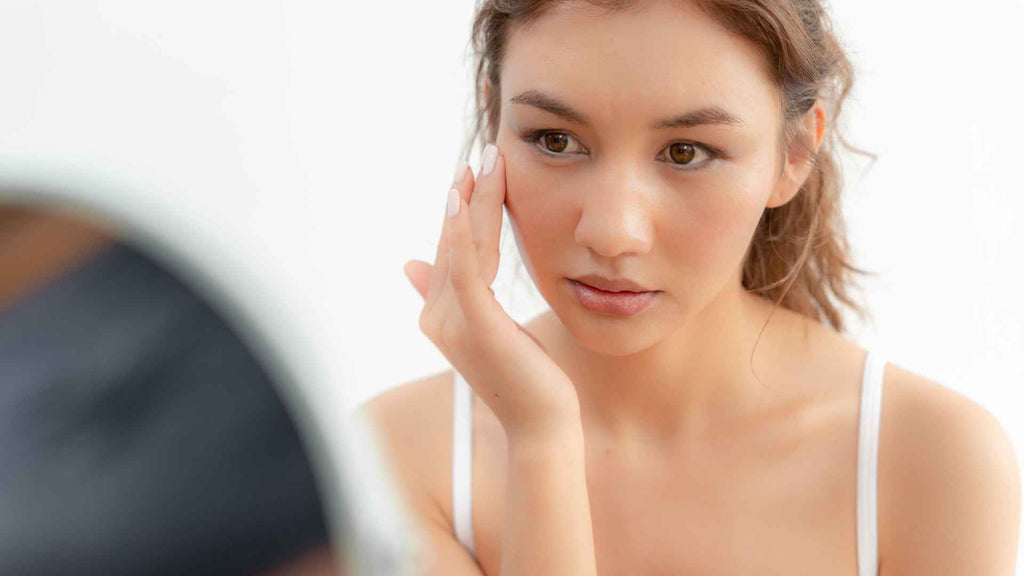
Enhancing collagen production stimulation is important for aiding the recovery process. Whether through specific skincare products or professional treatments, increasing collagen production can greatly contribute to the skin regeneration support needed post-steroid use.
It's also crucial to recognize the importance of a thorough skincare routine. A well-thought-out regimen is essential for thickness restoration assistance and maintaining overall skin health.
Wrap Up
In short, you've got to be cautious with steroid creams due to their potential for permanent skin thinning.
The potency of the steroid, how often and how long you use it, and which areas of your skin are treated all play pivotal roles.
Remember, it's all about finding a balance between effective relief and maintaining healthy skin.
Understanding the potential risks of skin thinning and exploring safer, effective alternatives like Dermeleve® can make a significant difference in your skin's health and appearance.
Dermeleve® offers a promising solution for those seeking relief from itchiness and irritation without the adverse effects associated with topical steroids. It's designed to provide fast-acting and long-lasting relief, making it a valuable addition to your skincare routine.
For more information on how Dermeleve® can help manage your skin condition safely and effectively, visit www.dermeleve.com.
Are you ready to prioritize your skin's health with a safer approach?
FAQs
Q: Can using corticosteroids lead to skin atrophy?
A: Yes, prolonged use of corticosteroids can cause skin atrophy, which is the thinning of the skin due to a decrease in the size and function of skin cells.
Q: What are the signs and symptoms of steroid-induced skin atrophy?
A: Symptoms of steroid-induced skin atrophy may include thin, transparent skin, easy bruising, and development of stretch marks (striae).
Q: Is corticosteroid withdrawal associated with skin problems?
A: Yes, corticosteroid withdrawal can lead to rebound effects on the skin such as erythema, purpura, telangiectasia, and other skin changes.
Q: Can corticosteroids cause permanent damage to blood vessels in the skin?
A: Prolonged use of corticosteroids can lead to skin damage including the dilatation and weakening of blood vessels, which can result in telangiectasia.
Q: How does topical steroid withdrawal affect the skin?
A: Topical steroid withdrawal can lead to a range of skin symptoms such as erythema, flares, tachyphylaxis, and even skin thinning known as atrophy.
Q: What is the pathogenesis behind corticosteroid-induced skin atrophy?
A: The pathogenesis of corticosteroid-induced skin atrophy involves the inhibition of collagen synthesis and fibroblast function, leading to dermal and epidermal atrophy.
Q: How are skin disorders treated without the use of chronic topical steroids?
A: Skin disorders can be treated using alternative therapies such as tretinoin, selective glucocorticoid receptor agonists, or other dermatological treatments that do not involve long-term topical steroid use.








